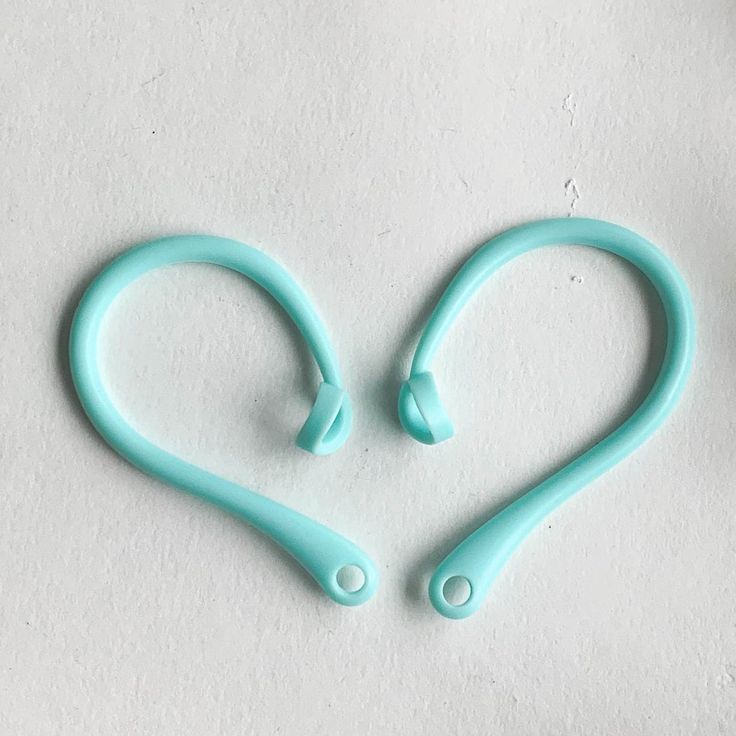Wireless charging has revolutionized the way we power our devices, eliminating the need for tangled cords and offering a seamless charging experience. But have you ever wondered how this magic works, especially on your Android phone? Let’s dive into the fascinating world of wireless charging technology and unravel the secrets behind its functionality on Android devices.
The Basics: Understanding Electromagnetic Induction
At the heart of wireless charging lies the principle of electromagnetic induction. In simple terms, it involves the transfer of energy between two coils through a magnetic field.
Transmitter Coil
The wireless charging pad or base station houses a transmitter coil. When connected to a power source, this coil generates an oscillating magnetic field.
Receiver Coil
Your Android phone, if equipped with wireless charging capabilities or a compatible receiver, contains a receiver coil.
Energy Transfer
When you place your phone on the charging pad, the magnetic field from the transmitter coil interacts with the receiver coil in your phone. This interaction induces an electrical current in the receiver coil, which is then converted into DC power to charge your phone’s battery.
Qi Standard: The Universal Language of Wireless Charging
To ensure compatibility across different devices and brands, most wireless charging systems adhere to the Qi standard.
- WPC (Wireless Power Consortium): The Qi standard is developed and maintained by the Wireless Power Consortium (WPC), an industry group dedicated to promoting and standardizing wireless charging technology.
- Qi-Certified Devices: Look for the Qi logo on your Android phone or wireless charging pad to confirm its compatibility with the Qi standard.
Built-in vs. Retrofitted Wireless Charging
Some Android phones come with built-in wireless charging capabilities, while others require additional accessories to enable this feature.
- Built-in Wireless Charging: Newer Android models often have wireless charging receivers integrated directly into the phone. In these cases, you can simply place your phone on a Qi-compatible charging pad to start charging.
- Retrofitted Wireless Charging: If your phone doesn’t have built-in wireless charging, you can add this functionality using a wireless charging receiver or a compatible case. These accessories essentially add a receiver coil to your phone, allowing it to interact with the charging pad’s magnetic field.
Wireless Charging Receivers:
- Slim and Discreet: These thin, flexible circuits plug into your phone’s charging port and adhere to the back of your phone or fit inside your case.
- Compatibility: Wireless charging receivers are available for both micro-USB and USB-C ports, making them adaptable to various Android models.
Wireless Charging Cases:
- Convenience and Protection: These cases combine the benefits of a protective case with built-in wireless charging capability.
- Compatibility: Wireless charging cases are designed for specific phone models, so ensure you choose one that fits your phone perfectly.

Factors Affecting Wireless Charging Speed
Several factors can influence the speed of wireless charging on your Android phone.
- Charging Pad Wattage: The wattage output of your wireless charging pad determines how fast your phone will charge. Higher wattage generally translates to faster charging speeds.
- Phone Compatibility: Some Android phones support faster wireless charging speeds than others. Check your phone’s specifications to determine its maximum supported wattage.
- Receiver or Case Quality: The quality of your wireless charging receiver or case can also impact charging speed. Opt for reputable brands and products that support faster charging protocols.
- Battery Level: The lower your phone’s battery level, the faster it will initially charge. As the battery level increases, the charging speed may slow down to protect the battery’s health.
- Temperature: Extreme temperatures can affect wireless charging efficiency. Avoid charging your phone in very hot or cold environments.
Safety and Precautions
Wireless charging is generally safe and convenient, but it’s important to follow some basic precautions.
- Qi Certification: Ensure your wireless charging pad and any receivers or cases you use are Qi-certified to guarantee compatibility and safety.
- Heat Management: Monitor your phone and charging pad for excessive heat buildup. If they become too hot, discontinue charging and let them cool down.
- Metal Objects: Avoid placing metal objects, such as coins or keys, between your phone and the charging pad, as this can interfere with the charging process and potentially cause damage.
- Thick Cases: Thick or bulky cases can hinder wireless charging. If you’re using a case, make sure it’s compatible with wireless charging or remove it before charging.
Wireless charging offers a convenient and clutter-free way to power your Android phone. By understanding the underlying technology, choosing the right conversion option, and following safety precautions, you can seamlessly integrate wireless charging into your daily routine.
As technology continues to advance, we can expect even faster and more efficient wireless charging solutions in the future. So, embrace this innovation and enjoy the freedom of cable-free power!
The Role of Resonance: Optimizing Efficiency
While electromagnetic induction is the fundamental principle behind wireless charging, modern advancements have led to the integration of resonance technology to enhance efficiency and range.
-
Resonant Wireless Charging: In resonant wireless charging, both the transmitter and receiver coils operate at the same resonant frequency, allowing for more efficient energy transfer over slightly longer distances. This means you don’t have to perfectly align your phone on the charging pad for it to start charging.
-
Benefits of Resonance:
- Increased Efficiency: Resonant systems can achieve higher energy transfer efficiency compared to traditional inductive charging, leading to faster charging times.
- Extended Range: The resonant frequency coupling allows for charging over slightly greater distances, offering more flexibility in device placement.
- Multiple Device Charging: Resonance technology also enables the simultaneous charging of multiple devices on a single charging pad, further enhancing convenience.

Fast Wireless Charging: Power Up in a Flash
Gone are the days when wireless charging was synonymous with slow charging speeds. Advancements in technology have led to the development of fast wireless charging protocols that rival the speed of traditional wired charging.
- Power Delivery (PD): This protocol enables faster charging speeds by delivering higher power output.
- Proprietary Fast Charging: Some smartphone manufacturers have developed their own proprietary fast wireless charging technologies, often offering even faster charging speeds for their compatible devices.
Choosing a Fast Wireless Charger
- Check Compatibility: Ensure the wireless charging pad and your phone both support the same fast charging protocol.
- Wattage Output: Look for a charging pad with a higher wattage output, typically 10W or above, to enable fast wireless charging.
- Adaptive Charging: Some charging pads feature adaptive charging technology that automatically adjusts the power output based on your device’s capabilities, optimizing charging speed and safety.
Overcoming Limitations: Addressing Challenges
While wireless charging offers undeniable convenience, it’s important to acknowledge its limitations and potential challenges.
- Slower Charging Speed (in some cases): Although fast wireless charging is becoming more prevalent, it might still be slightly slower than wired charging, especially for older or less advanced devices.
- Heat Generation: Wireless charging can generate heat, especially during fast charging. This can potentially impact battery health and longevity.
- Limited Range: While resonance technology has improved charging distances, wireless charging still requires relatively close proximity between the device and the charging pad.
- Case Compatibility: Thick or metallic cases can interfere with wireless charging. You might need to remove your case or opt for a wireless charging-compatible case.
Tips for Optimizing Wireless Charging
- Proper Alignment: Ensure your phone is correctly aligned on the charging pad for optimal energy transfer.
- Remove Obstructions: Avoid placing any metal objects or thick cases between your phone and the charging pad.
- Monitor Temperature: If your phone or charging pad becomes excessively hot, discontinue charging and let them cool down.
- Use a Quality Charging Pad: Invest in a reputable wireless charging pad that supports your phone’s charging capabilities and offers safety features like over-voltage and over-current protection.

Conclusion: The Future is Wireless
Wireless charging has transformed the way we power our devices, offering a seamless and clutter-free experience. While it continues to evolve and overcome its limitations, it has already become an integral part of our tech-savvy lives.
By understanding how wireless charging works, exploring different conversion options, and following best practices, you can harness the power of this technology and enjoy the convenience of cable-free charging on your Android phone.
So, embrace the wireless revolution, bid farewell to tangled cords, and enjoy the freedom and simplicity of wireless power!










